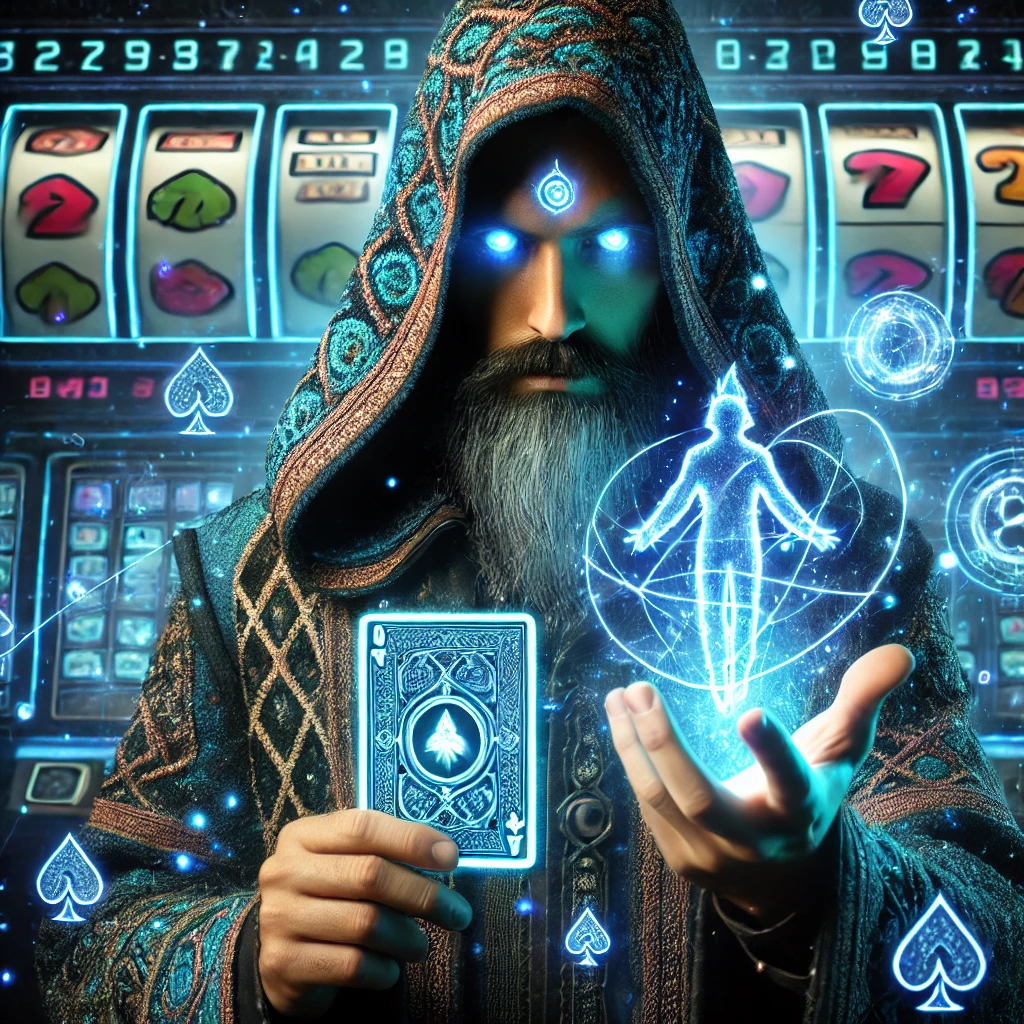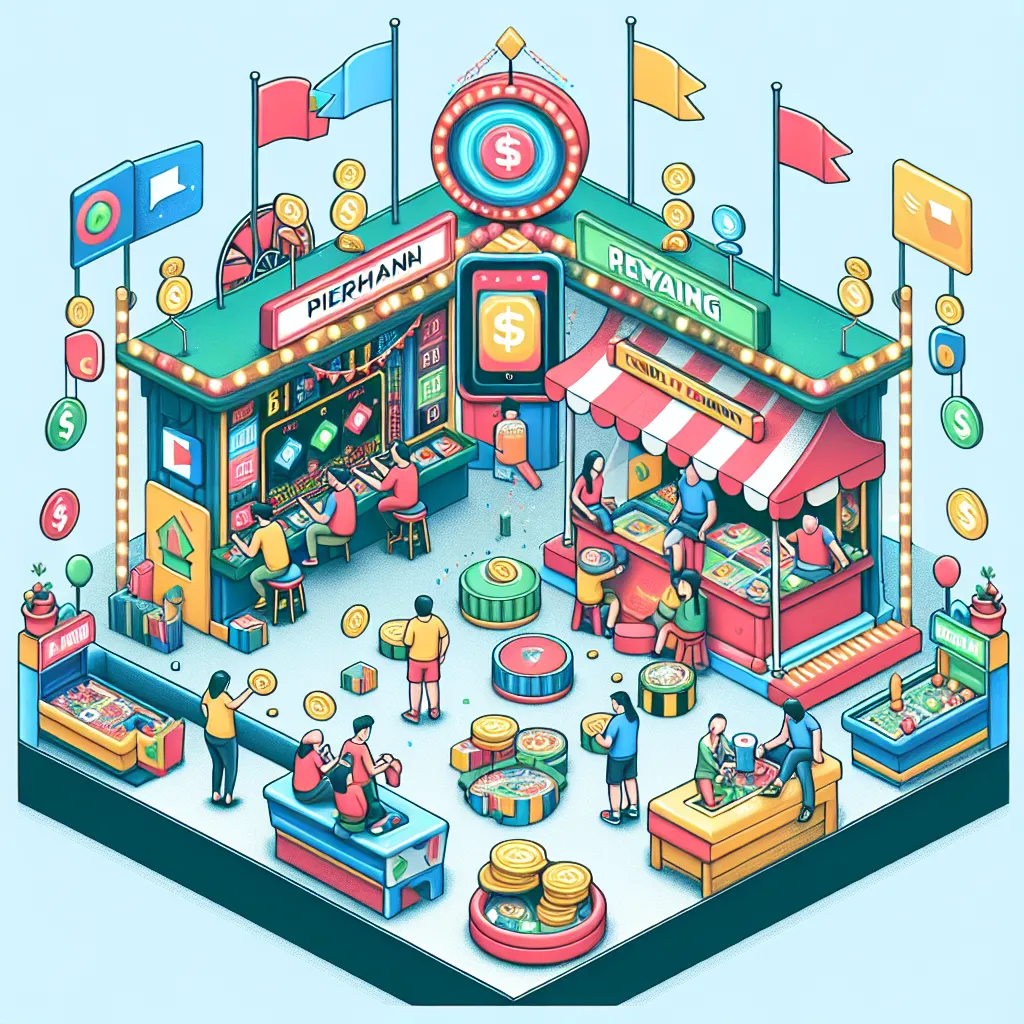Peryagame, also known as peryahan games, has been a long-standing tradition in the Philippines, deeply embedded in the country’s festive culture. These carnival-style games—ranging from ring toss to balloon darts and shooting galleries—have captivated Filipinos for generations, providing entertainment, thrills, and often the chance to win prizes. Traditionally, players would use cash to participate, exchanging money for game tickets or tokens at the perya. However, with the rapid rise of digital payment systems, especially GCash, the landscape of peryagame is evolving towards a more modern, convenient, and secure platform that aligns with the digital-first mindset of today’s consumers.
The importance of peryahan games in Filipino culture cannot be overstated. Beyond just amusement, perya events are often essential community gatherings during town fiestas and holiday celebrations. Peryahan’s mixture of colorful booths, lively music, and interactive games foster camaraderie and joy among locals. Nonetheless, the traditional cash-heavy setup sometimes posed challenges for both players and operators, including cash theft risks, difficulties in bookkeeping, and slow transaction processes. The introduction of GCash as a cashless payment option is helping to address these concerns, opening new opportunities to enhance user experience and operational efficiency.
GCash, a mobile wallet widely used across the Philippines, enables users to pay bills, send money, shop online, and more, all through a smartphone app. Its integration into perya game platforms provides a seamless method for players to participate without carrying physical money. Players can simply scan QR codes or enter merchant numbers within the GCash app to load credits or pay game fees instantly. This shift encourages safer, faster transactions and allows perya operators to minimize cash handling risks and better track daily collections. Both participants and vendors benefit greatly from this ease of payment.
Furthermore, adopting GCash in peryahan games caters to the growing digital-savvy Filipino population, especially among younger generations accustomed to cashless payments. With smartphone penetration increasing rapidly, more users are comfortable using mobile wallets for various transactions. Integrating GCash into perya games aligns perfectly with this trend, making the entire gaming experience more accessible and familiar while maintaining the festive and entertaining spirit of the traditional perya.
Beyond the physical carnivals, the digital revolution has given rise to virtual peryahan games as well. Online platforms now host digital versions of popular peryahan games where players from anywhere in the country can take part through their devices. These digital peryagames often employ GCash as the primary payment gateway, enabling the purchase of game credits, entry fees, or in-app tokens. This innovation has been especially significant amid COVID-19 restrictions, allowing enthusiasts to enjoy perya-style entertainment safely from home. It also presents convenient options for those who cannot attend physical events, expanding the perya’s reach and audience.
The integration of GCash into peryagame operations also introduces a new level of transparency and security for both players and organizers. Every payment made through the platform leaves a digital footprint, reducing the chance of fraudulent behavior or financial mishandling. Such accountability promotes trust amongst players and helps game stall operators comply with regulatory requirements that govern gaming and gambling activities in the Philippines. This is especially relevant because some peryahan games blur the lines between casual fun and gambling, making proper oversight essential.
Despite the clear benefits of cashless payments, challenges remain. Digital literacy is not yet universal across all communities, particularly in rural or underprivileged areas where traditional cash transactions still dominate. Reliable internet connectivity is also critical for smooth GCash transactions, which may cause occasional disruptions. Additionally, operators must ensure the security of their digital infrastructure to protect user data and financial transactions. As technology continues to advance and adoption grows, these obstacles are expected to diminish, making cashless perya gaming more inclusive and widespread.
Looking forward, the synergy between peryagame, peryahan games, and GCash is likely to deepen. Operators are exploring more innovative ways to blend the fun and excitement of traditional games with digital conveniences. For example, loyalty programs, digital prizes, and even blockchain-based rewards are potential developments that could redefine the perya experience. Such transformations promise to preserve the cultural heritage of peryahan while adapting it to the demands and habits of the digital era.
In conclusion, the shift towards cashless transactions in peryagame and peryahan games through GCash is a pivotal development in the modernization of Filipino carnival entertainment. This blend of tradition and technology not only enhances convenience and security but also ensures that these beloved games remain relevant and enjoyable in an increasingly digital world. As this trend continues, it highlights the Philippines’ unique ability to integrate cultural roots with innovative solutions, offering festive joy that resonates across generations and platforms alike.




